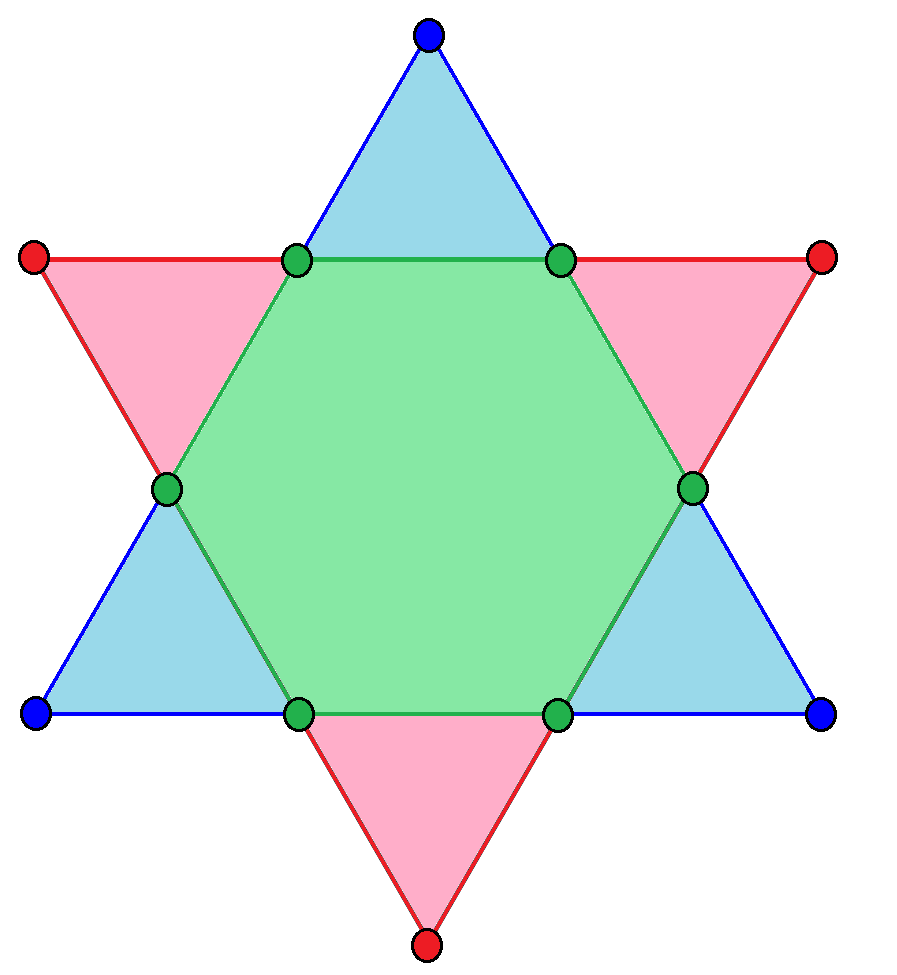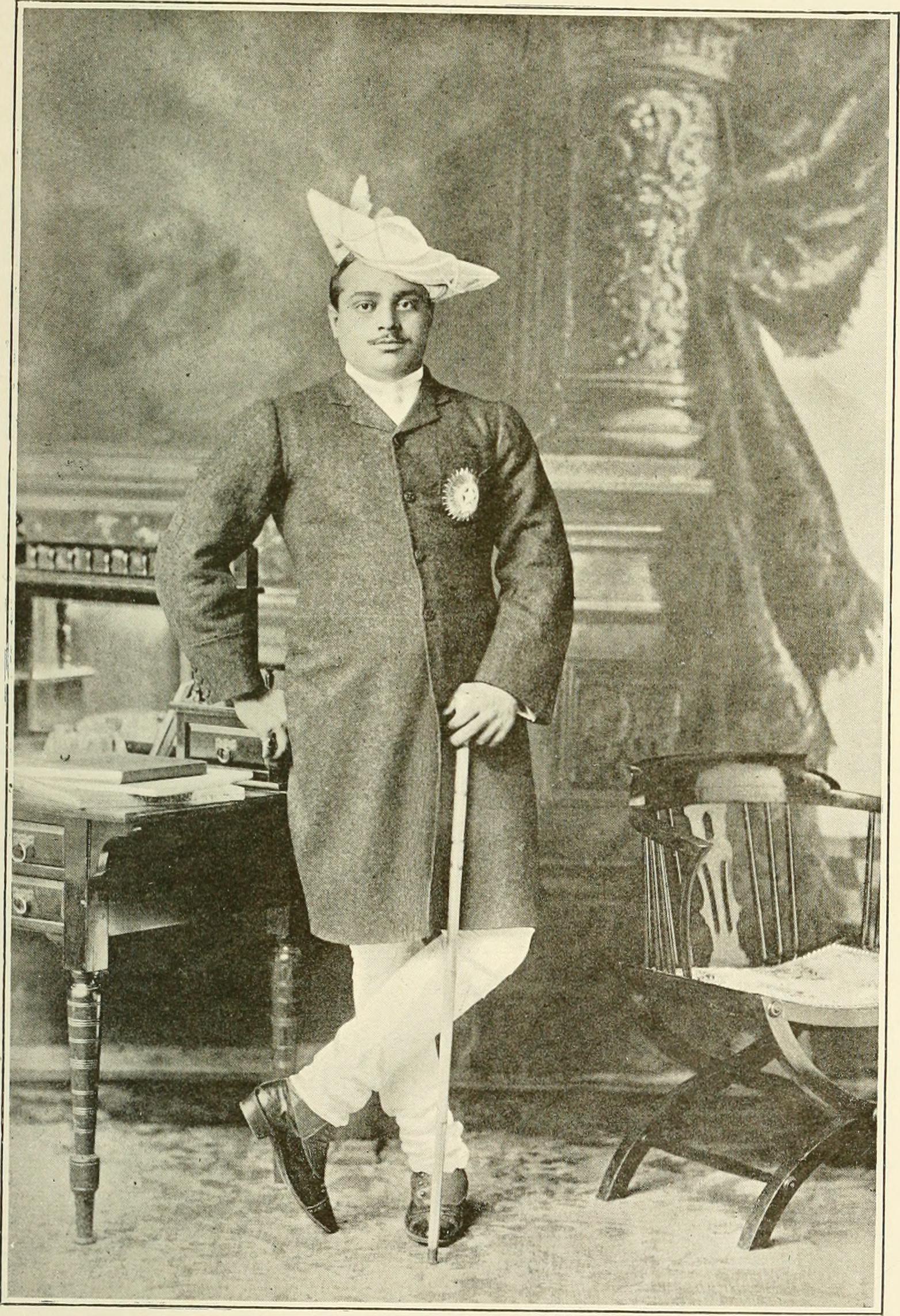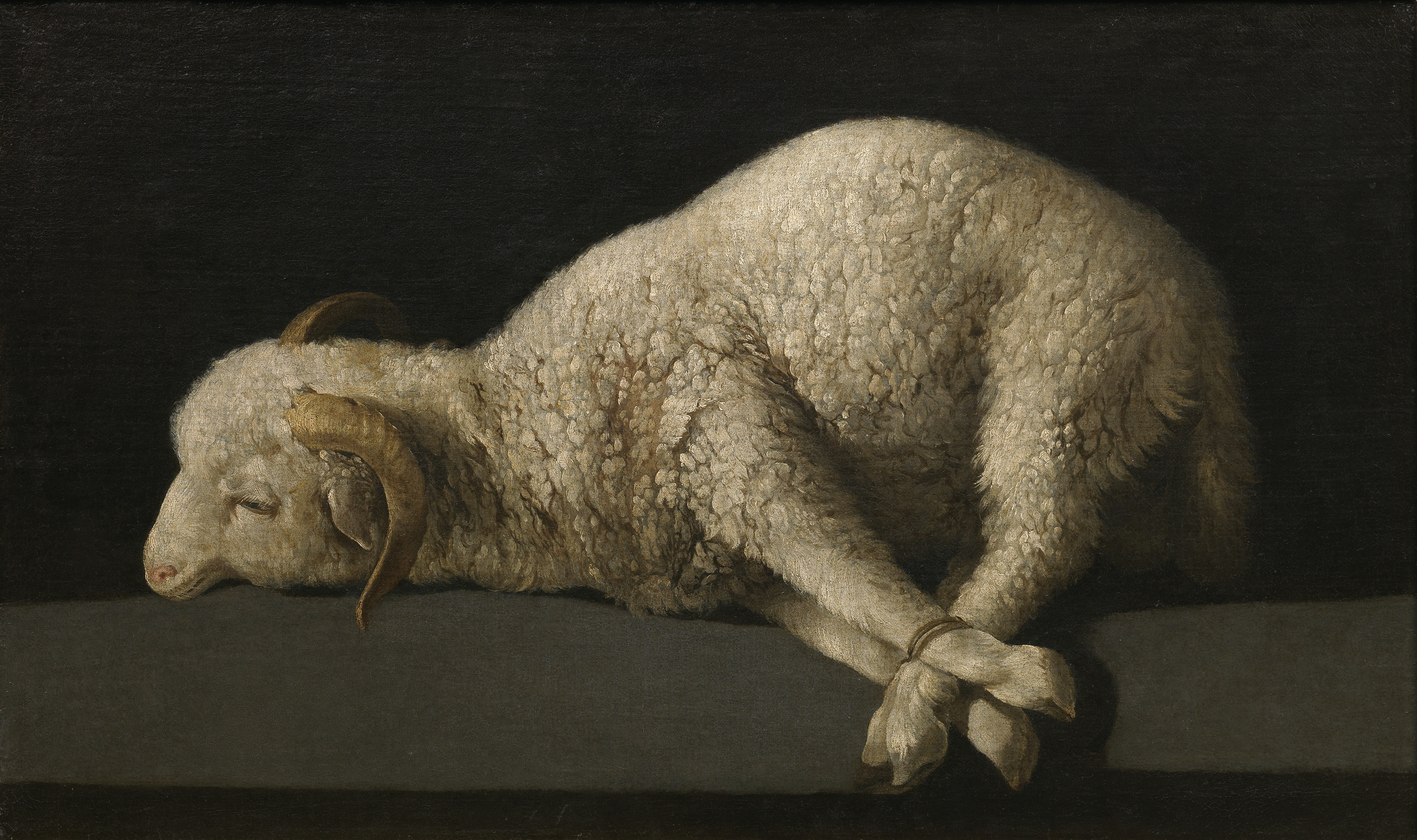|
Church Of The Ascension, Timoleague
The Church of the Ascension is a small Gothic Revival church belonging to the Church of Ireland and located in Timoleague, a town in West Cork, Ireland. It is dedicated to the Ascension of Jesus. Part of the Kilgarrife Union of Parishes in the Diocese of Cork, Cloyne and Ross, the church is known for its intricate mosaics. History The site hosting the Church of the Ascension was previously the site of an earlier medieval church. It was reportedly still in good condition as late as 1699, with an average congregation of 80. On 21 August 1802, the Bishop ordered the church to be torn down, as it had become unsafe due to age and decay. He further mandated that the materials of the church be kept for the construction of a new church. The construction of the church was funded by a loan from the Board of First Fruits, and was constructed between 1810 and 1811. The church was consecrated on 25 May 1811. It followed the typical "church and tower" layout of an early Board of First Fru ... [...More Info...] [...Related Items...] OR: [Wikipedia] [Google] [Baidu] |
Church Of Ireland
The Church of Ireland ( ga, Eaglais na hÉireann, ; sco, label= Ulster-Scots, Kirk o Airlann, ) is a Christian church in Ireland and an autonomous province of the Anglican Communion. It is organised on an all-Ireland basis and is the second largest Christian church on the island after the Roman Catholic Church. Like other Anglican churches, it has retained elements of pre-Reformation practice, notably its episcopal polity, while rejecting the primacy of the Pope. In theological and liturgical matters, it incorporates many principles of the Reformation, particularly those of the English Reformation, but self-identifies as being both Reformed and Catholic, in that it sees itself as the inheritor of a continuous tradition going back to the founding of Christianity in Ireland. As with other members of the global Anglican communion, individual parishes accommodate different approaches to the level of ritual and formality, variously referred to as High and Low Church. Overvie ... [...More Info...] [...Related Items...] OR: [Wikipedia] [Google] [Baidu] |
Hexagram
, can be seen as a compound composed of an upwards (blue here) and downwards (pink) facing equilateral triangle, with their intersection as a regular hexagon (in green). A hexagram ( Greek language, Greek) or sexagram (Latin) is a six-pointed geometric star figure with the Schläfli symbol , 2, or . Since there are no true regular continuous hexagrams, the term is instead used to refer to a compound figure of two equilateral triangles. The intersection is a regular hexagon. The hexagram is part of an infinite series of shapes which are compounds of two n-dimensional simplices. In three dimensions, the analogous compound is the stellated octahedron, and in four dimensions the compound of two 5-cells is obtained. It has been historically used in religious and cultural contexts and as decorative motifs. The symbol was used as a decorative motif in medieval Christian churches and Jewish synagogues. It was first used as a mystic symbol by Muslims in the medieval period, known a ... [...More Info...] [...Related Items...] OR: [Wikipedia] [Google] [Baidu] |
Churches In The Diocese Of Cork, Cloyne And Ross
Church may refer to: Religion * Church (building), a building for Christian religious activities * Church (congregation), a local congregation of a Christian denomination * Church service, a formalized period of Christian communal worship * Christian denomination, a Christian organization with distinct doctrine and practice * Christian Church, either the collective body of all Christian believers, or early Christianity Places United Kingdom * Church (Liverpool ward), a Liverpool City Council ward * Church (Reading ward), a Reading Borough Council ward * Church (Sefton ward), a Metropolitan Borough of Sefton ward * Church, Lancashire, England United States * Church, Iowa, an unincorporated community * Church Lake, a lake in Minnesota Arts, entertainment, and media * '' Church magazine'', a pastoral theology magazine published by the National Pastoral Life Center Fictional entities * Church (''Red vs. Blue''), a fictional character in the video web series ''Red vs. Blue'' ... [...More Info...] [...Related Items...] OR: [Wikipedia] [Google] [Baidu] |
William Henry Hill Jr
William Henry Hill (24 June 1867 – 31 October 1941) was an Irish architect based in County Cork. Biography William Henry Hill was born on 24 June 1867 into an established family of Cork architects. His father, also named William Henry Hill, was himself the son William Hill. Hill's uncles, Arthur Hill, and Arthur Richard Hill were architects, as was Henry Hill, brother of William and father of Arthur. William Henry's cousin, Henry Houghton Hill, was also an architect. Hill spent three years studying in Queen's College Cork (now known as University College Cork), after which he apprenticed with his father, who made him a partner in his firm in 1899. In 1907, Hill was made diocesan architect of the Diocese of Cork, Limerick and Cashel, a position he held for the following 30 years. He succeeded his father as consulting architect for the Cork Lunatic Asylum board. He was also an engineer for the Cork and Muskerry Light Railway The Cork and Muskerry Light Railway was a ... [...More Info...] [...Related Items...] OR: [Wikipedia] [Google] [Baidu] |
India
India, officially the Republic of India (Hindi: ), is a country in South Asia. It is the seventh-largest country by area, the second-most populous country, and the most populous democracy in the world. Bounded by the Indian Ocean on the south, the Arabian Sea on the southwest, and the Bay of Bengal on the southeast, it shares land borders with Pakistan to the west; China, Nepal, and Bhutan to the north; and Bangladesh and Myanmar to the east. In the Indian Ocean, India is in the vicinity of Sri Lanka and the Maldives; its Andaman and Nicobar Islands share a maritime border with Thailand, Myanmar, and Indonesia. Modern humans arrived on the Indian subcontinent from Africa no later than 55,000 years ago., "Y-Chromosome and Mt-DNA data support the colonization of South Asia by modern humans originating in Africa. ... Coalescence dates for most non-European populations average to between 73–55 ka.", "Modern human beings—''Homo sapiens''—originated in Africa. Then, int ... [...More Info...] [...Related Items...] OR: [Wikipedia] [Google] [Baidu] |
Gwalior
Gwalior() is a major city in the central Indian state of Madhya Pradesh; it lies in northern part of Madhya Pradesh and is one of the Counter-magnet cities. Located south of Delhi, the capital city of India, from Agra and from Bhopal, the state capital, Gwalior occupies a strategic location in the Gird region of India. The historic city and its fortress have been ruled by several historic Indian kingdoms. From the Kachchhapaghatas in the 10th century, Tomars in the 13th century, it was passed on to the Mughal Empire, then to the Maratha in 1754, and the Scindia dynasty of Maratha Empire in the 18th century. In April 2021, It was found that Gwalior had the best air quality index (AQI 152) amongst the 4 major cities in Madhya Pradesh. Besides being the administrative headquarters of Gwalior district and Gwalior division, Gwalior has many administrative offices of the Chambal division of northern Madhya Pradesh. Several administrative and judicial organisations, commission ... [...More Info...] [...Related Items...] OR: [Wikipedia] [Google] [Baidu] |
Madho Rao Scindia
Maharaja Sir Madho Rao Scindia of Gwalior (20 October 1876 – 5 June 1925), was the 5th Maharaja of Gwalior belonging to the Scindian dynasty of the Marathas. Biography Madho Rao acceded to the throne in 1886 and ruled until his death in 1925. He was noted by the British Government as a progressive ruler of a princely state. He was married twice, but only had children with his second wife in 1913, one son and one daughter, to whom King George V and Queen Mary stood sponsors. He was succeeded by his son, Maharajdhiraja Maharaja Sir George Jivaji Rao Scindia, 6th Maharaja Scindia of Gwalior. His daughter married, but died without children in 1934. The Maharaja of Gwalior is also known as the rejected suitor of Gayatri Devi's mother, the glamorous Princess Indira of Baroda (Indira Devi), who broke off her engagement (contracted between her parents and her fiance) by letter. The Maharaja then married Gajararaje from the Rane family of Goa. Later on, Gajararaje's sisters were ... [...More Info...] [...Related Items...] OR: [Wikipedia] [Google] [Baidu] |
Fleur-de-lis
The fleur-de-lis, also spelled fleur-de-lys (plural ''fleurs-de-lis'' or ''fleurs-de-lys''), is a lily (in French, and mean 'flower' and 'lily' respectively) that is used as a decorative design or symbol. The fleur-de-lis has been used in the heraldry of numerous European nations, but is particularly associated with France, notably during its monarchical period. The fleur-de-lis became "at one and the same time, religious, political, dynastic, artistic, emblematic, and symbolic," especially in French heraldry. The fleur-de-lis has been used by French royalty and throughout history to represent saints of France. In particular, the Virgin Mary and Saint Joseph are often depicted with a lily. The fleur-de-lis is represented in Unicode at in the Miscellaneous Symbols block. Origin The ''fleur de lis'' is widely thought to be a stylized version of the species ''Iris pseudacorus'', or ''Iris florentina''.Stefan Buczacki However, the lily (genus lilium, family Liliaceae) and the ... [...More Info...] [...Related Items...] OR: [Wikipedia] [Google] [Baidu] |
Lamb Of God
Lamb of God ( el, Ἀμνὸς τοῦ Θεοῦ, Amnòs toû Theoû; la, Agnus Dei, ) is a title for Jesus that appears in the Gospel of John. It appears at John 1:29, where John the Baptist sees Jesus and exclaims, "Behold the Lamb of God who takes away the sin of the world." It appears again in John 1:36. Christian doctrine holds that a divine Jesus chose to suffer crucifixion at Calvary as a sign of his full obedience to the will of his divine Father, as an "agent and servant of God" in carrying away the sins of the world. In Christian theology the ''Lamb of God'' is viewed as both foundational and integral to the message of Christianity. A lion-like lamb that rises to deliver victory after being slain appears several times in the Book of Revelation. It is also referred to in Pauline writings; 1 Corinthians 5:7 suggests that Saint Paul intends to refer to the death of Jesus, who is the Paschal Lamb, using the theme found in Johannine writings. In Genesis 22, the bindi ... [...More Info...] [...Related Items...] OR: [Wikipedia] [Google] [Baidu] |
Pelican
Pelicans (genus ''Pelecanus'') are a genus of large water birds that make up the family Pelecanidae. They are characterized by a long beak and a large throat pouch used for catching prey and draining water from the scooped-up contents before swallowing. They have predominantly pale plumage, except for the brown and Peruvian pelicans. The bills, pouches, and bare facial skin of all pelicans become brightly coloured before the breeding season. The eight living pelican species have a patchy global distribution, ranging latitudinally from the tropics to the temperate zone, though they are absent from interior South America and from polar regions and the open ocean. Long thought to be related to frigatebirds, cormorants, tropicbirds, and gannets and boobies, pelicans instead are now known to be most closely related to the shoebill and hamerkop, and are placed in the order Pelecaniformes. Ibises, spoonbills, herons, and bitterns have been classified in the same order. Fossil ev ... [...More Info...] [...Related Items...] OR: [Wikipedia] [Google] [Baidu] |
Dado (architecture)
In architecture, the dado is the lower part of a wall, below the dado rail and above the skirting board. The word is borrowed from Italian meaning "dice" or "cube", and refers to " die", an architectural term for the middle section of a pedestal or plinth. Decorative treatment This area is given a decorative treatment different from that for the upper part of the wall; for example panelling, wainscoting or lincrusta. The purpose of the dado treatment to a wall is both aesthetic and functional. Historically, the panelling below the dado rail was installed to cover the lower part of the wall which was subject to stains associated with rising damp; additionally it provided protection from furniture and passing traffic. The dado rail itself is sometimes referred to misleadingly as a chair rail, though its function is principally aesthetic and not to protect the wall from chair backs. Derivation The name was first used in English as an architectural term for the part of a pedesta ... [...More Info...] [...Related Items...] OR: [Wikipedia] [Google] [Baidu] |





